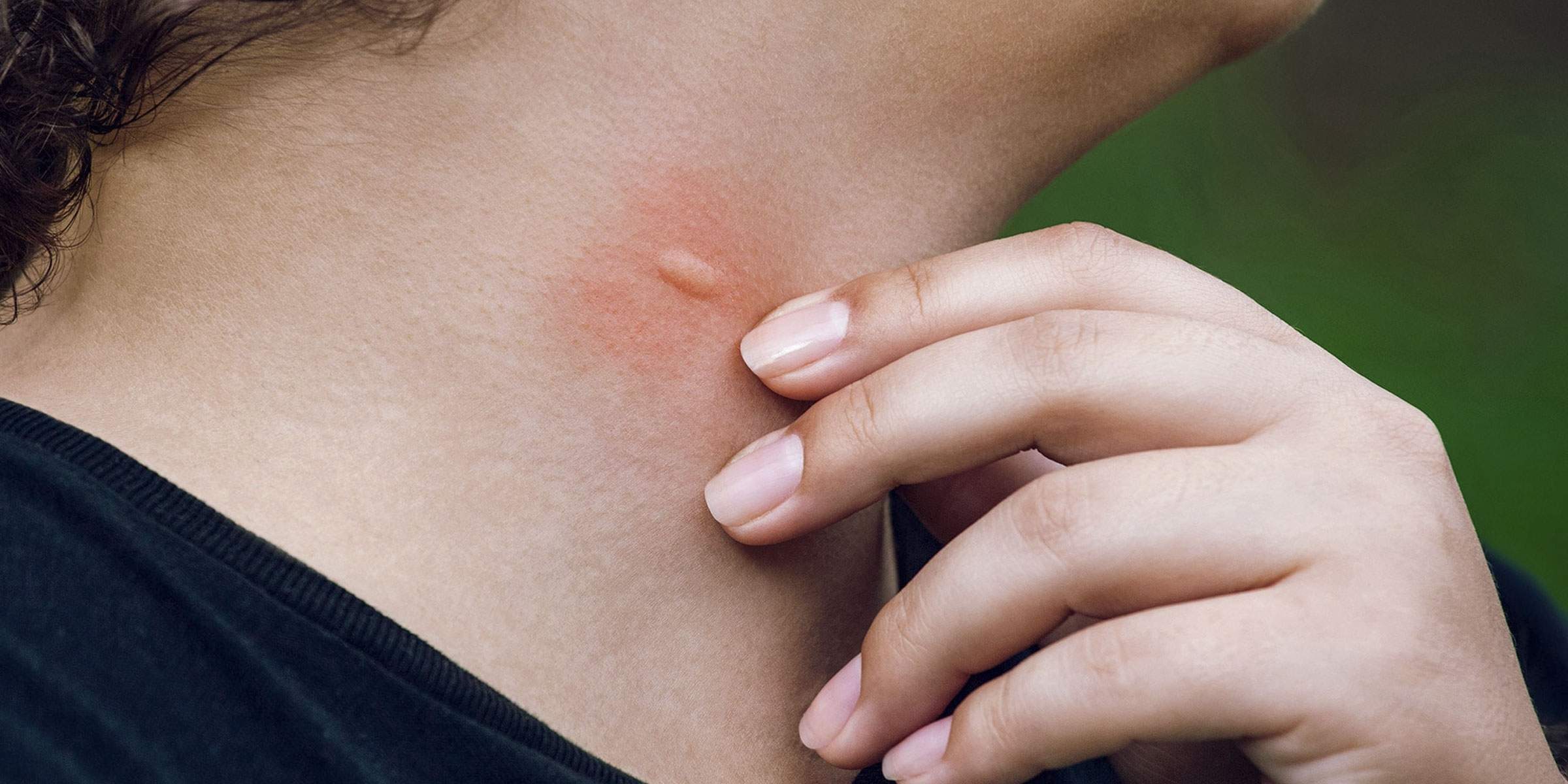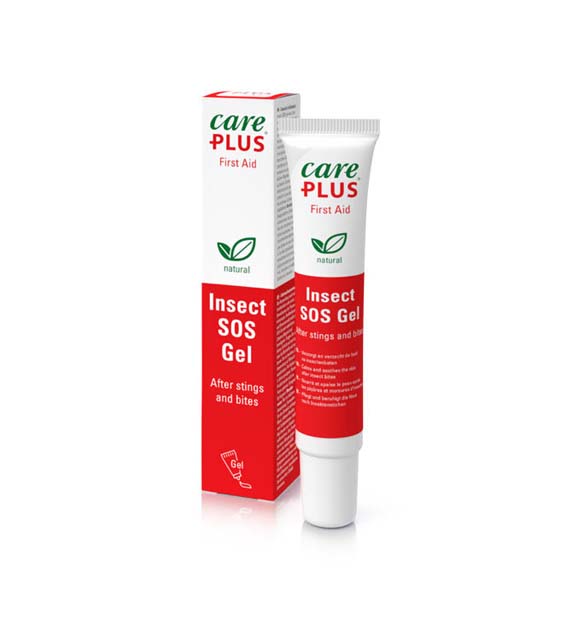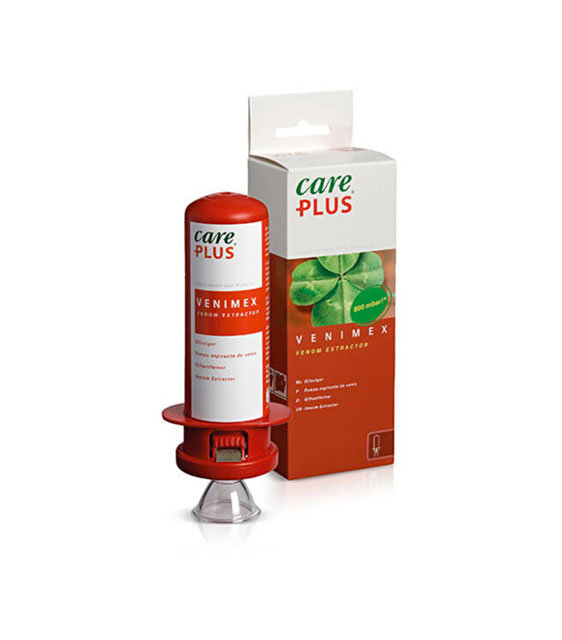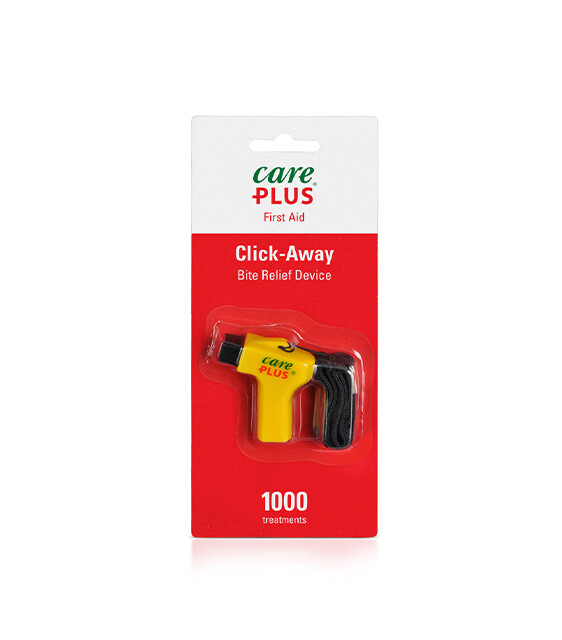As soon as the temperature rises, more insects appear. Insects can cause itchy and irritating bumps, but an insect bite can also be dangerous. Ticks can transmit tick-borne encephalitis and Lyme disease among other things, and mosquitoes are responsible for spreading several diseases such as malaria, dengue and yellow fever.
Tips to prevent mosquito bites
Fortunately, there are preventative measures you can take to reduce the chance of a mosquito bite. It is wise to check your sleeping quarters for mosquitoes before you go to sleep. This will prevent buzzing in your ear and itchy red bumps in the morning. Place mosquito nets in front of windows and doors to keep insects out. Despite these measures, a mosquito or other insect may still invade your bedroom, or it may only show itself once you are in bed. A mosquito net will keep insects away while you are sleeping.

Mosquitoes favour stagnant water. These are breeding grounds where the females lay their eggs. Remove stagnant water in and around your home (e.g., watering cans, rain barrels or bird baths) to prevent mosquito breeding sites. Wear covering, light-coloured and finely woven clothes and apply insect repellent based on DEET, Icaridin or natural lemon-eucalyptus extracts to uncovered skin.
Tips to prevent tick bites
There are also measures you can take to reduce the risk of a tick bite. As with mosquitoes, you can opt for covering, light-coloured and finely woven clothes. When walking, stay on paths and tuck your trouser legs into your (tick-resistant) socks. Apply insect repellent such as Care Plus ® Anti-Tick to uncovered skin.
Did you get bitten or stung after all?
Despite preventive measures, you may still be bitten or stung. Sometimes you do not even notice an insect bite, but there are also insects whose bites can cause pain, redness, irritation, swelling or itching. In the worst case, an insect bite can transmit a disease. It is therefore important to treat the bite or sting in the right way to prevent worse. Care Plus® has effective products that help you do this.
- Care Plus® Insect SOS gel softens, cools and soothes irritated skin after, for example, a bite or sting from a mosquito, wasp or horse fly. The gel also relieves after a jellyfish bite, skin irritation caused by the stinging hairs of the oak processionary caterpillar and the Brown-tail moth caterpillar or after skin contact with nettles.
- With the Venimex venom extractor you can quickly extract the venom of an insect or arachnid to prevent it from spreading. Make sure you do this as soon as possible after the bite or sting. This automatic vacuum pump reduces the chance of swelling and pain.
- The Care Plus® Click-Away gives a small shock that prevents the body from producing histamine (the substance that causes itching, among other things). The itching and swelling reduce after just a few minutes. You can use Click-Away after an insect or jellyfish bite.
If you experience acute tightness of the chest after an insect bite or a rash in a place where you were not bitten or stung, you may be suffering from an allergic reaction. In such a case, always contact a doctor.
Treatment after a tick bite
Even with a tick bite it is essential to be alert and to provide the right treatment. Always check yourself and each other thoroughly after spending time outdoors, in order to discover a tick in time. It is important to remove the tick as soon as possible to reduce the risk of transmitting any diseases. Remove the tick within 8 hours with a special tick remover such as tick tweezers or tick removal tool.
Caution! Always use a tool that has been specially developed to remove ticks. Do not use alcohol, oil, fire or soap. The tick may be frightened and spit out its (infected) stomach contents, which increases the risk of infection with TBE or Lyme disease. Don’t remove a tick with your fingernails or regular tweezers either, because there is a good chance that you won’t remove the tick completely. Again, there is a risk that the tick will be startled and empty its stomach contents.
After removing the tick, note the date and place of the bite and keep an eye on it for 3 months. Discolouration of the skin, for example a red circle around the place of the bite, or other complaints related to Lyme disease can occur after a few weeks or months. There may also be symptoms without a red spot or ring, as this occurs in only 50% of infections. Also look out for symptoms such as flu-like symptoms, muscle aches and/or fever. In this case, get yourself checked out by a doctor because when you get an insect bite, it’s better to be safe than sorry.



